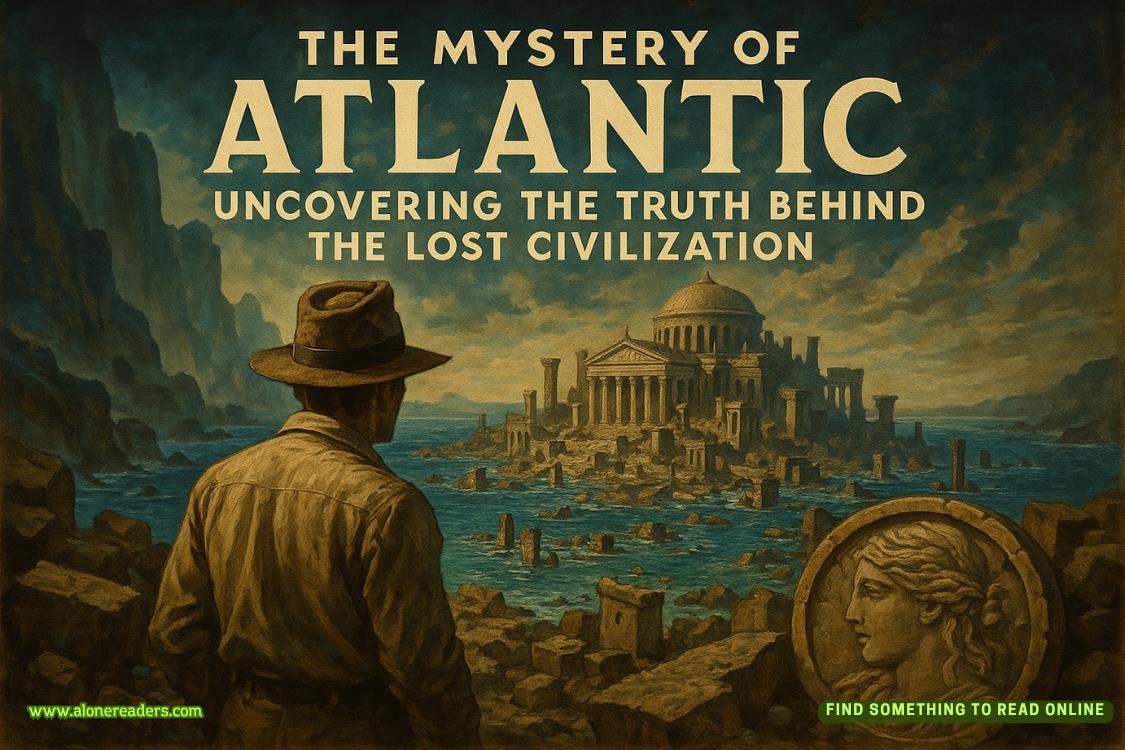Page 22 of Captiva Café
The sun rose higher, burning off the morning's gentle glow and replacing it with heat that pressed against her skin like a physical weight. Maggie checked her watch—nearly seven. Time to head back before the real scorcher of the day set in.
Her bucket now half-filled with shells, she turned and retraced her steps, noting how her footprints from earlier were already being erased by the tide. Nothing permanent, everything in flux. That was the island way.
Back at the inn, the kitchen was still quiet, though she could smell coffee brewing—Paolo's doing, no doubt. Instead of heading to the carriage house, Maggie slipped into her small office off the lobby and set her shell collection on the desk to sort later.
Settling into her chair, Maggie fired up her computer and navigated to the Captiva Historical Society's digital archives. The recent discoveries at Isabelle and Gretchen's café site had sparked her curiosity about the island's earlier days. If artifacts from the Calusa and Spanish exploration period had been found there, what other secrets might the island be hiding?
The historical society's website loaded slowly—island internet was always temperamental—revealing a collection ofdigitized documents, photographs, and maps spanning several centuries. Maggie typed "Captiva pre-colonial history" into the search box.
The results populated her screen: academic papers on Calusa settlements, Spanish expedition records, old hand-drawn maps showing the coastline with markings that had long since changed or disappeared. She clicked on a document titled "Archaeological Evidence of Calusa Presence on Captiva and Surrounding Islands."
Images of shell tools, pottery fragments, and ancient middens filled her screen. The Calusa had been master shell workers, creating tools, weapons, and ceremonial items from the same shells she collected each morning. The paper detailed how they had engineered canals and built raised settlements from shell mounds, some still visible on neighboring islands.
Maggie read with growing fascination about how the tribe had dominated South Florida for over 2,000 years, creating a complex society without agriculture—unusual for a settled population of their size. They had lived almost entirely off the Gulf's abundant marine life, leaving behind massive shell mounds as testament to their presence.
She scrolled to a section about European contact. The Calusa had fiercely resisted Spanish colonization, unlike many other tribes. They'd even captured the Spanish explorer Juan Ponce de León during his second expedition to Florida in 1521, wounding him with a poisoned arrow from which he later died.
The Spaniards had called Captiva and its neighboring islands "Las Islas de Cautivas"—The Islands of the Captives. Some historians believed this referenced the Calusa taking Spanish captives, while others maintained it stemmed from female captives held by pirates. Either way, the name had stuck, eventually shortening to simply "Captiva."
Maggie clicked through to another document, this one focused on the island's pirate connections. Captain José Gaspar—or "Gasparilla" as he was commonly known—was the most famous, though historians debated whether he had actually existed or was merely a colorful legend created to attract tourists in the early 20th century.
The screen displayed a romanticized painting of Gaspar—tall, dark, and handsome in the way all fictional pirates seemed to be—standing proudly on a ship's deck with Captiva visible in the background. According to legend, he had used the island to hold female captives for ransom or personal entertainment, hence its name. He was said to have buried treasure throughout the islands, leading to centuries of fruitless digging by hopeful treasure hunters.
Real or not, Gasparilla had become an integral part of southwest Florida culture, with an annual pirate festival in his honor and countless businesses bearing his name.
Maggie continued deeper into the archives, moving forward in time to the island's agricultural period. In the late 1800s and early 1900s, Captiva had been home to productive key lime groves, pineapple plantations, and vegetable farms. Old black and white photographs showed workers harvesting crops, loading them onto boats bound for mainland markets.
One particular image caught her eye—a weathered building with a sign reading "Captiva General Store, est. 1908." The structure looked remarkably like the one Isabelle and Gretchen were renovating for their café. Maggie clicked to enlarge the photo, examining the details. Yes, despite modifications over the decades, it was unmistakably the same building.
According to the caption, the general store had served as a hub for island life for nearly fifty years, providing supplies to farmers, fishermen, and the handful of wealthy northerners who had begun building winter homes on the island. It had alsofunctioned as an unofficial post office and community gathering place.
Maggie made a mental note to share this finding with Isabelle. Perhaps they could incorporate historical photos of the building into their café décor.
A new search for "Captiva tourism history" revealed how the island had gradually transformed from agricultural community to tourist destination. The opening of the first causeway connecting Sanibel to the mainland in 1963 had marked a turning point, making the islands accessible by car rather than just by boat.
Black and white photos gave way to color, showing the gradual development of resorts, restaurants, and vacation homes. Yet somehow, unlike many Florida coastal communities, Captiva had managed to maintain much of its natural charm and laid-back character. Development restrictions had prevented high-rises from dominating the skyline, and large portions of the islands remained protected as wildlife sanctuaries.
The connection to the past felt profound in that moment—she wasn't just an innkeeper but a steward of island history, maintaining traditions while creating new ones. From the Calusa to the Spanish explorers, from pirates to farmers to tourists, Captiva had constantly reinvented itself while somehow maintaining its essential character.
Like her. Like all of them who called this island home.
A soft knock at the office door pulled Maggie from her historical reverie. Paolo stood there, coffee mug in hand, smiling as he took in her absorbed expression.
"Find something interesting?" he asked, nodding toward the computer screen.
Maggie turned to him, eyes bright with discovery. "Everything. I found everything."
The day's tasks could wait a little longer. Right now, she wanted to dive deeper into the island's past—a past that had somehow, improbably, led her to this exact spot at this exact moment in time. A convergence of history, chance, and choice that felt, in the early morning light, very much like destiny.
CHAPTER 8
Maggie surveyed the gathering in the inn's sunroom, mentally going over her list of topics she wanted to cover. Millie had claimed her usual spot on the wicker loveseat, notebook already open on her lap, pen poised for action.
Iris leaned against the doorframe, her chef's apron still dusted with flour from the morning's baking. Oliver had dragged in one of the kitchen stools and perched near the window, legs crossed at the ankles, morning light catching the silver in his dark hair.
Paolo stood beside Maggie at the front of the room, enjoying a cup of coffee. And there, slipping in just as Maggie was about to begin, came Ciara Powell—Paolo's younger sister and Crawford's wife—her dark curls piled atop her head in an artful knot, somehow managing to look elegant even in casual linen pants and a simple blouse.
"Sorry," Ciara whispered, settling into the last empty chair. "Crawford couldn't find his keys, which somehow became my emergency."















